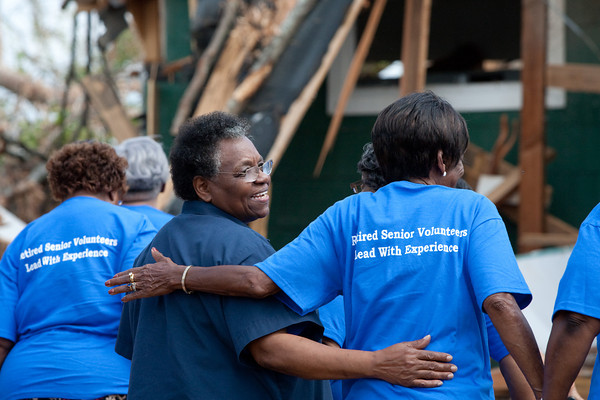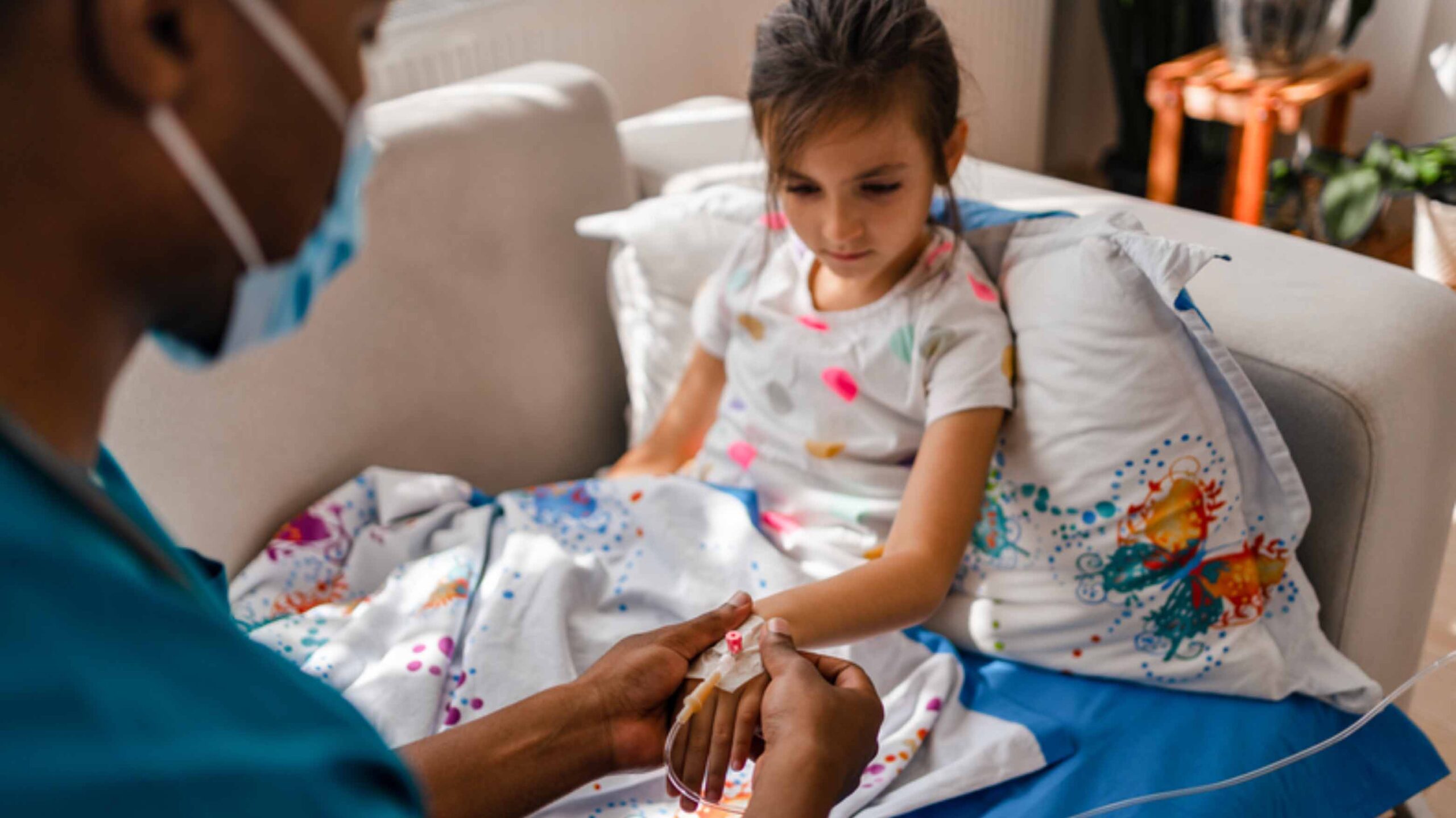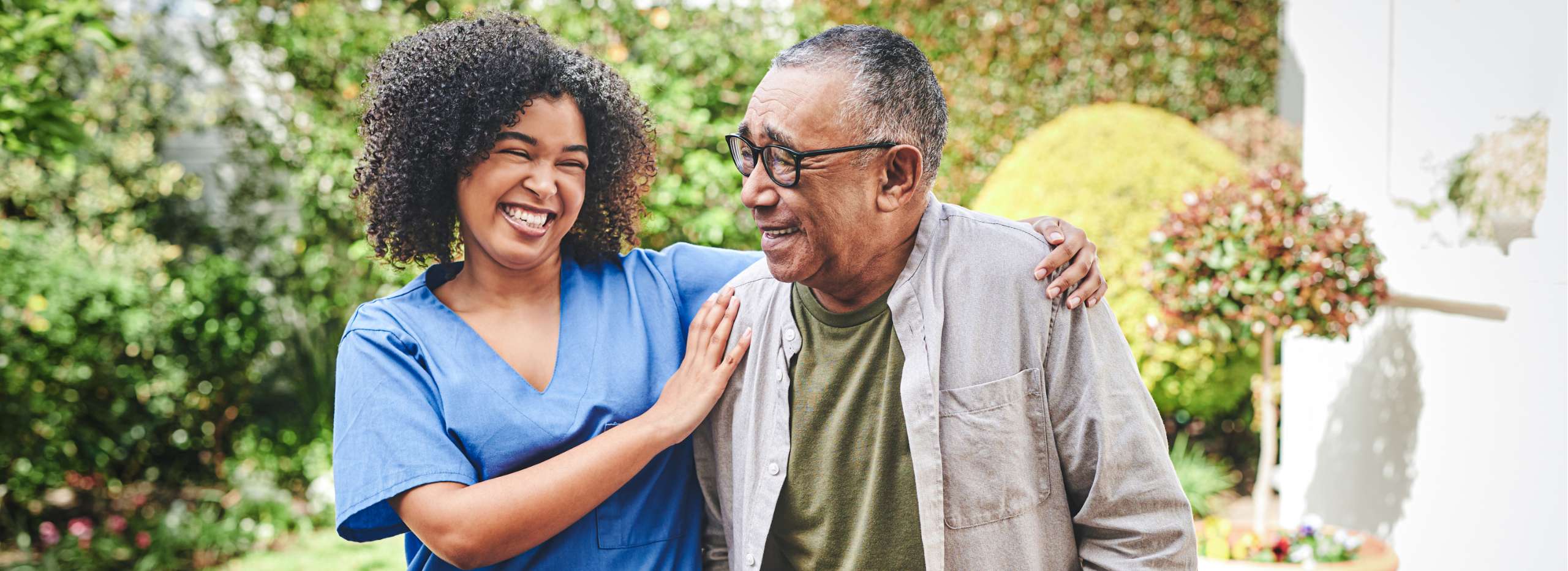Across the country, older Americans – a rapidly growing population – are taking part in activities that promote wellness and social connection. They are sharing their wisdom and experience with future generations, and they are giving back to enrich their communities. They’re volunteering, mentoring and learning, leading and engaging.
According to the Corporation for National and Community Service1, 11 million older Americans age 65+ spent a combined 1.9 billion hours of service in 2015. That translates to a staggering $45.4 billion in service and countless lives changed. And the benefits of volunteerism aren’t limited to those being helped. Research has shown that participating in meaningful activities such as volunteering may improve longevity and reduce the risk of health problems in seniors, including dementia.
While volunteer opportunities are abundant year round, Alliance Homecare is shining a spotlight on benefits of volunteering for older adults as we gear up for Older Americans Month in May. Led by the Administration for Community Living’s Administration on Aging, Older Americans Month offers opportunity to hear from, support, and celebrate our nation’s elders. This year’s theme, “Engage at Every Age,” emphasizes the importance of being active and involved, no matter where or when you are in life.
You are never too old (or too young) to participate in activities which can enrich your physical, mental, and emotion wellbeing. Some benefits of volunteering include:
Promote good physical health. Volunteering is a great way to keep active. Help your body fend off disease and even prevent injury by maintaining a healthy level of physical fitness.
Give your brain a boost. A recent study from The Gerontological Society of America2 found that formal volunteering was associated with higher levels of cognitive functioning over time. Numerous studies have also shown that participating in productive activities such as volunteering is good for mental health and can help reduce the risk of certain health problems, including dementia and Alzheimer’s.
Increase social interaction. Volunteer work, especially outside the home, is an excellent way to prevent senior isolation. Studies have linked volunteer work with lower rates of depression and stress as well as an increased sense of purpose and accomplishment.
Bridge the generation gap. Older adults working with younger generations can pass along their knowledge and important life lessons while also being exposed to a new perspective. It’s a win-win.
So where can you start?
The Corporation for National and Community Service’s Senior Corps connects today’s 55+ with the people and organizations that need them most. Conceived during John F. Kennedy’s presidency, Senior Corps currently links more than 245,000 Americans to service opportunities. For more information, including volunteer opportunities where you live, visit https://www.nationalservice.gov/programs/senior-corps.
Also consider reaching out to your local church or synagogue, a favorite charity or nonprofit, the town community center or town hall where volunteers are often needed and greatly welcomed!
References: 1. Corporation for National and Community Service. Older Adults: Trends and Highlights Overview. Accessed April 11, 2018.
2. The Gerontological Society of America. The Journals of Gerontology: Series B, Volume 73, Issue 3. Longitudinal Associations Between Formal Volunteering and Cognitive Functioning. Accessed April 11, 2018.




